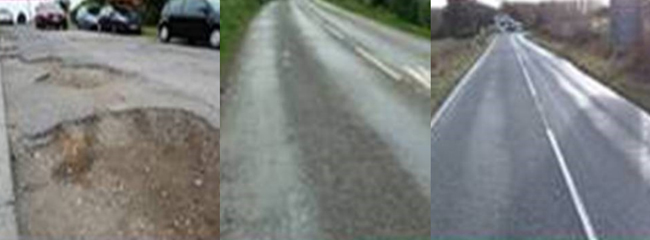The latest data on the condition of local authority roads in England shows the number of roads in the worst ‘red’ condition largely stable but more roads moving from green to amber.
Industry commentators suggested the change meant 1,500 miles of roads around the country are now 'significantly worse than they were'.
The figures come from the Department for Transport's Road conditions in England to March 2024, which is an official statistic.
It said that while the proportion of ‘red’ road that should have been considered for maintenance is largely unchanged from the previous year, increases have been seen in the last five years for both A roads and B and C roads.
Local authorities reported the proportion of local A road that should have been considered for maintenance to be 4%, unchanged since 2020 when it increased from 3%.
The proportion of red B and C road was reported to be 7%, unchanged from a revised 2023 figure of 7%. This is an increase from the 6% recorded in 2016 to 2022.
In total, 17% of unclassified road was categorised as red, unchanged from the previous year however the DfT noted that data for unclassified roads is less robust than for classified roads.
Officials said that since 2020 the percentage of ‘amber’ road has increased from 24% to 27% and the percentage of ‘green’ road has decreased from 73% to 68%.
The RAC’s head of policy, Simon Williams, described the change as ‘concerning’.
‘Unfortunately, this is also the trend with B and C roads with 3% more of these now being categorised as amber, which means approximately 1,500 miles of road around the country are now significantly worse than they were,' he said.

The categories (pictured left to right)
- Red: Should have been considered for maintenance. Treatment may or may not be required, but the road should be investigated fully.
- Amber: Maintenance may be required soon.
- Green: No further investigation or work is needed.
The DfT is currently moving away from the Red/Amber/Green system to a new set of five road condition categories.





